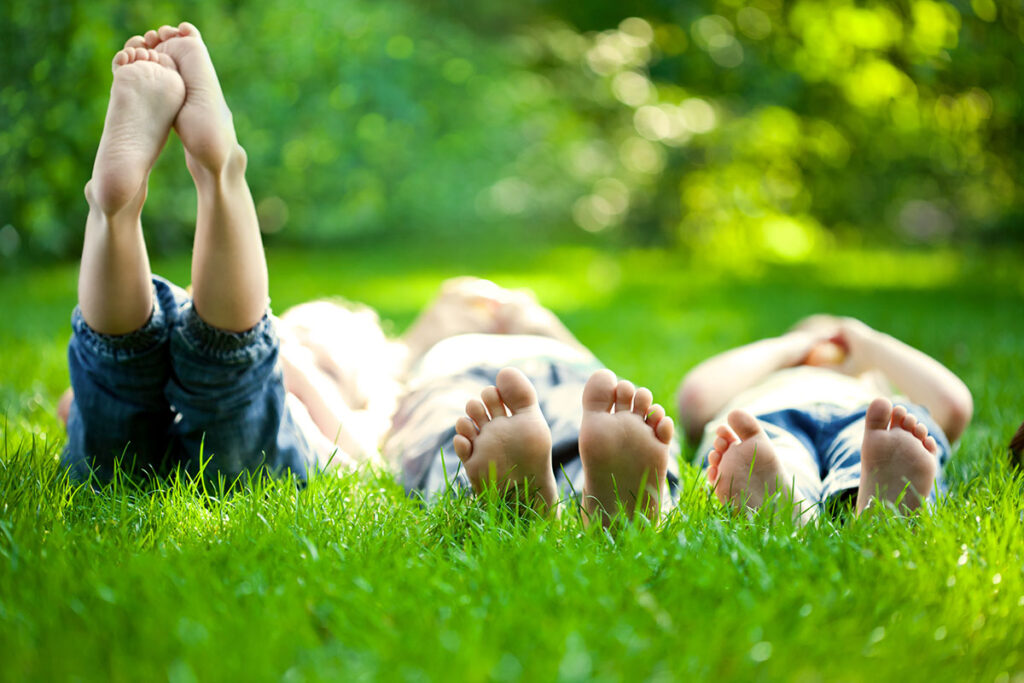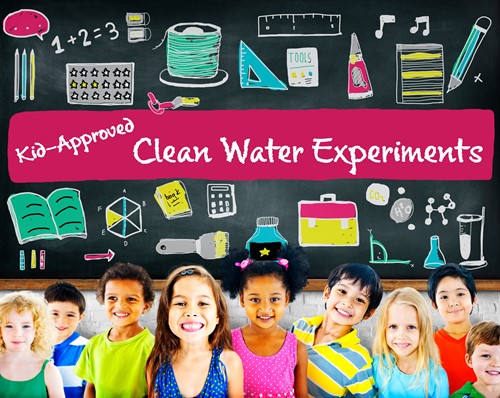Kids
Hey Kids! You can have an impact on water quality too!
There are many steps that residents can take to improve the health of their local bodies of water, and these environmentally sustainable practices. Learning about stormwater infrastructure is not limited to one age group. We have compiled a list of easy and informative experiments for young scientists that make learning about the basics of stormwater regulation, the water cycle, and water pollution fun!

Plant a tree or start a rain garden.
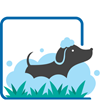
Wash your dog on the grass to prevent the soap from entering the storm drains.

Scoop up the poop! Unscooped poop washes away into our water! Yuck!
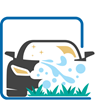
Wash the car on the grass, not the driveway. Just like washing your dog, the soap used for cars winds up in the storm drains.

Rake the leaves. Raking leaves or mowing them along with the grass, keeps them from clogging storm drains.
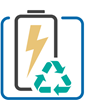
Don’t throw away batteries … you can either recycle them or choose the reusable type. Chemicals in batteries can leak into our water system.

Instead of using the hose on your sidewalk to rinse away dirt and garbage, sweep it into a dustpan and throw it away. That way it won’t end up in the storm drains. Only rain in the drains!
At home stormwater education activities
- Code Busters Activity – Our Lawns Pollute
- Coloring Page – Dragonfly
- Coloring Page – Duck 2
- Coloring Page – Duck
- Coloring Page – Fish
- Coloring Page – Flower
- Coloring Page – Frog
- Coloring Page – Leaf
- Coloring Page – Turtle
- Connect the Dots Activity – River Wildlife
- Crossword Activity – Nature’s Wonder
- Crossword Activity – Stormwater Runoff Challenge
- Home Scavenger Hunt Activity
- Maze Activity – Storm Drains
- Word Search Activity – Household Hazardous Waste
Classroom Flint River Watershed Map
Things you do every day can help to keep our streams and rivers clean. Download a watershed map here.
This helpful activity is a great way to teach young scientists about the different parts of a storm, and the way that clouds release water when they become saturated. It only requires household materials such as shaving cream, water, and food coloring.
This model is a great way for young scientists to learn how a pond’s surroundings impact the health of the pond water. In this model, markers and a water squirt bottle are used to demonstrate what happens when stormwater carries pollutants or other materials, such as soil or fertilizer, into the water. Students can learn about watersheds and how individual contributions to decreasing pollution in their neighborhoods can help to solve water quality issues.
Get the Dirt Out (Filter Experiment)
This experiment is a great visual representation of how water filters are used to purify stormwater runoff. Young scientists performing this experiment use a filtering material (i.e. a coffee filter or cheesecloth) to remove contaminants from a glass of water. This can lead to great questions about what clean water is used for, and how we can obtain clean water from polluted water. It also provides a model for students to refer to when they visit and see green stormwater infrastructure installations.
Rain Gauge Water Runoff Experiment
This experiment requires a couple of calculations. The first step in the experiment is to place a rain gauge in an open space. Then, calculations involving the level of water in the gauge after a storm event and the area of an impervious surface of choice, such as a roof, parking lot, or street will be performed. These calculations demonstrate how much water can runoff from an impervious surface. This will help young scientists to understand the impacts of urban development on stormwater runoff. Large amounts of runoff from impervious surfaces can cause stream erosion and harm plants and animals that live in the stream.
A stormwater scavenger hunt activity can be completed while walking around your local neighborhood. In this activity, young scientists tally the type and amount of downspouts, trees, and storm drains that they see on their walk.
Other Resources
Educational Stormwater Activities for Kids
Stormwater Education for Kids l UNL Water
Thank you for reading. We can’t wait to share more ways to get involved and to learn about stormwater infrastructure!
